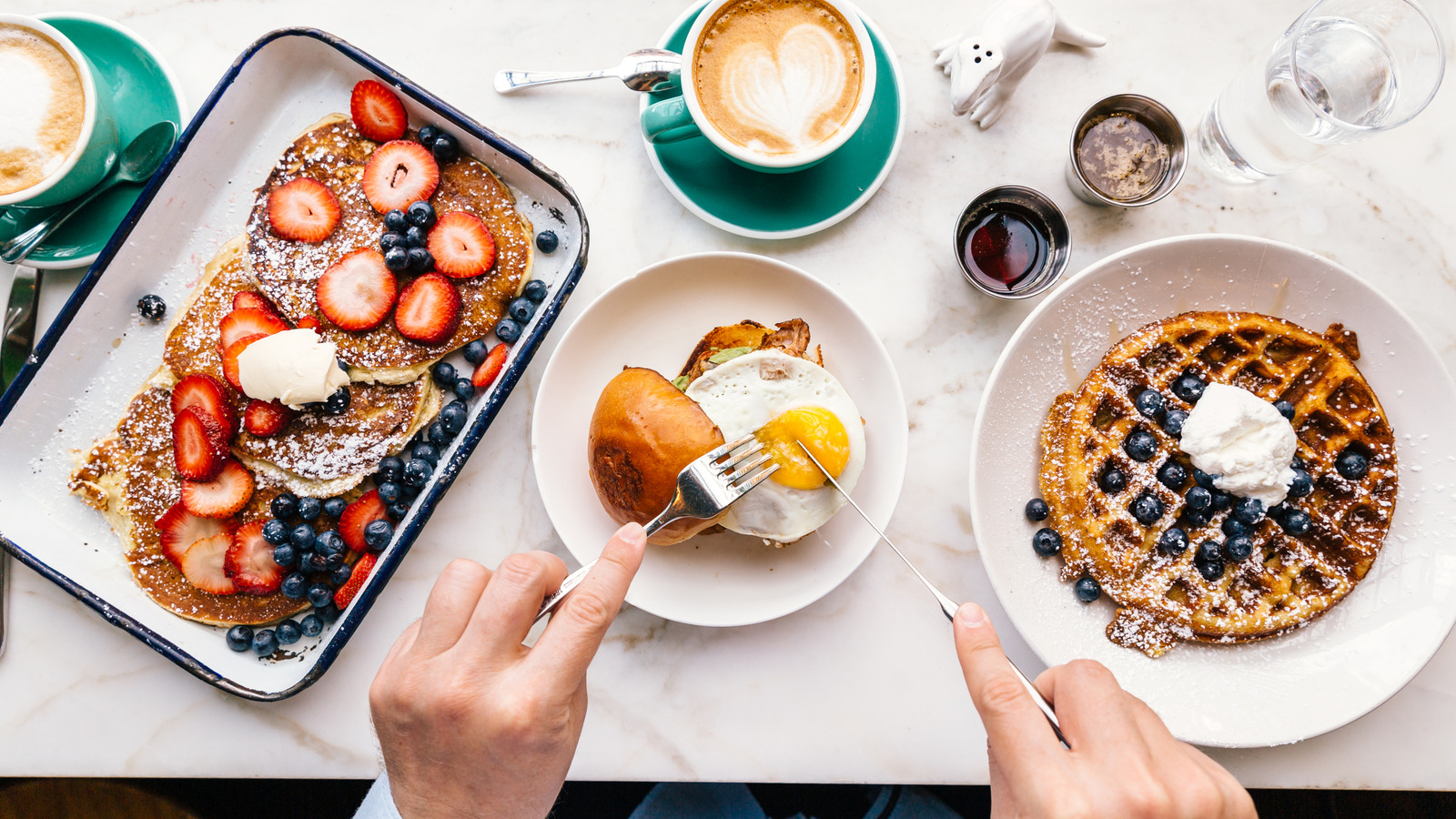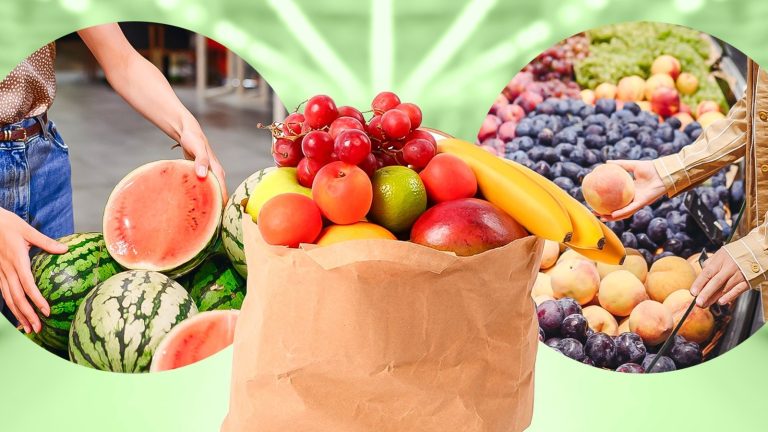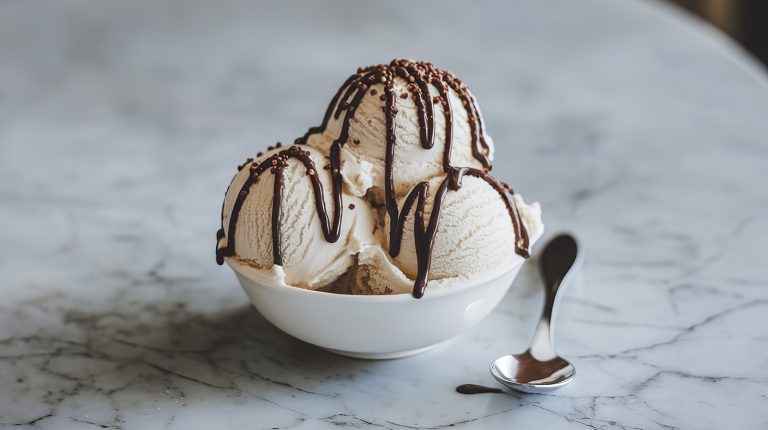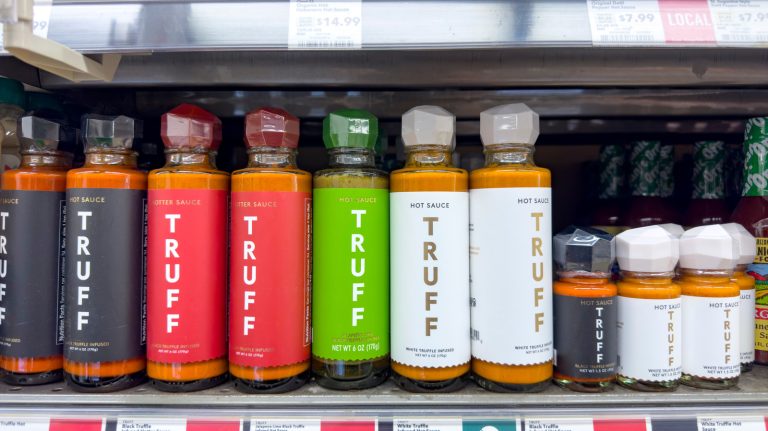Whether you’re a tried-and-true diner stan or brunch enthusiast, it’s safe to say you’ve likely seen dozens of breakfast menus that include variations of both waffles and pancakes. In fact, these two beloved breakfast staples are so common that it’d seem strange if they weren’t included in their own little section of the menu with a few classic upgrades like chocolate chips, blueberries, whipped cream, and even a selection of syrups, from maple to chocolate.
In fact, these two foods are so popular that there are entire restaurant chains dedicated to them. While opinions on Waffle House and IHOP are fairly divisive, most people can agree that we’re better off having the foods they’re named after as part of our culture. However, something that people can’t quite get on the same page about is whether or not these two foods are just variations of each other. After all, they share similar ingredients, are often served the same way, and are frequently consumed for breakfast.
Despite these similarities, pancakes and waffles are most definitely siblings, not twins. For one thing, pancakes are much older than waffles, having been invented millennia ago. Additionally, pancakes require no special equipment to make, while waffles require a waffle iron to crisp up properly. These differences in texture and shape are partly why people often prefer one food over the other — some like a light crunch to their sweet breakfast treat, while others prefer a more tender bite all the way through.
What are pancakes?
According to botanical archaeologists at the University of Liverpool, humans have been making some version of pancakes for at least 70,000 years (via Smithsonian Magazine). While this information is astounding at first, it makes sense once you think about it. Early pancakes consisted of seeds that had been soaked, pounded into discs, and cooked on hot rocks. Though nearly all modern pancakes use wheat flour and are usually cooked over a stove, the processes are still incredibly similar, especially when you consider that wheat berries — the part of wheat used to make flour — are just finely ground seeds.
As humans spread around the globe and developed unique cultures, pancakes remained a staple part of hundreds of traditional cuisines. From Ethiopian injera to Ukrainian syrniki made with cottage cheese to South Indian dosas, pancakes have been valued throughout the world for their versatility, portability, and inherent deliciousness. Each type also comes with traditional toppings, which are usually sweet, but savory variations stuffed with meat, legumes, and roasted veggies aren’t unheard of.
Enter the classic American buttermilk pancake. From dietary necessity to culinary classic, it’s odd to think that this diner menu staple is the result of 70,000 years of progress. Usually made from a batter of white all-purpose flour, eggs, buttermilk, and a rising agent, most of us can’t wait to smother a stack of them in maple syrup, butter, and even whipped cream. Despite all of its variations, pancakes of all kinds retain a simplicity that has stood the test of time.
What are waffles?
Though waffle purists may claim that a waffle just isn’t a waffle without its grid of square wells filled with sweet syrup, the ancient Romans may disagree. At least, they would if they compared modern waffles to their more familiar crustula, crisp-yet-tender biscuit-like treats baked between two irons. These ancient staples were made with ingredients remarkably similar to modern waffle recipes — flour, honey, and lard as opposed to flour, sugar, and butter. There’s even speculation about whether or not crustula were flat or had some sort of waffle-like indentation pattern.
Similar to pancakes, the basic concept for waffles either migrated globally or was so intuitive that it was reinvented by cultures time and again. In 1393, centuries after Romans invented crustula, the first waffle recipe was recorded in France. However, “wafels” were a popular food throughout Germany, the Netherlands, and other areas of Europe long before this. The hot irons used to make them most frequently featured a grid pattern, but also sometimes left flower or star-shaped impressions as the batter crisped.
Fast forward to the 20th century and the invention of the electric waffle maker. Though the Dutch had introduced waffles to the United States 200 years earlier, this modern invention transformed waffles from a fancy treat into a standard breakfast food now available in every diner and grocery store freezer section in the country. However, their omnipresence hasn’t made them less beloved — in fact, it may be the opposite. From succulent homemade buttermilk chicken and waffles to waffle ice cream cones, it seems there’s nothing we won’t pair them with.
Where these breakfast staples diverge
Though pancakes and waffles have plenty in common, there are a handful of characteristics that differentiate them from each other, most notably their distinct shapes. Pancakes are usually round and fairly flat with a smooth, slightly shiny, soft exterior and a slightly crispy edge. While waffles can also be round, they can be square, too, depending on the shape of the iron used to make them. Waffles are also fairly thick with a more matte, crispy exterior. And, of course, we can’t forget about waffles’ iconic embossed indentations.
These differences in texture are due to how each food is cooked, along with slight variations in their base recipes. Pancake batter is ladled onto a hot griddle or pan, then flipped halfway through the cooking process to ensure both sides cook evenly. Waffles are almost exclusively made in a waffle iron, which cooks both sides at the same time, forcing it into a particular shape while steaming the interior and crisping the exterior.
As mentioned, each breakfast food’s recipe is also key to achieving these distinct results. You might put pancake batter in a waffle maker or cook waffles on a griddle, but they wouldn’t turn out quite right. This is because pancakes have a higher liquid-to-flour ratio than waffles, and waffles contain more fat than pancakes. They may share many of the same ingredients, but those ingredients are combined in specific amounts to achieve a specific result. Waffles are also more frequently paired with savory ingredients than pancakes, which are almost exclusively served with sweet toppings and accompaniments.
The overlap between waffles and flapjacks
The most obvious similarity between waffles and pancakes is that basic recipes for each food feature nearly identical ingredients — flour, baking powder, salt, sugar, eggs, and milk or buttermilk. Though waffle recipes usually include additional fat, as mentioned, both waffle and pancake batter look almost the same at first glance. There’s also no denying that these two foods taste very similar to each other, with both providing lovely mouthfuls of tender, sweet, carby deliciousness.
Both of these foods are also centuries old, with many cultures cooking up their own versions of each of them. Think stroopwafels versus Dutch babies in the Netherlands, or the Italian pizzelle vs the crespelle (basically an Italian crepe). This holds true in the United States, too, where if you see pancakes on the menu, you’ll likely find waffles as well, and vice versa. Both foods are also often served with sweet toppings, from the traditional maple syrup and butter to whipped cream or lemon curd and fruit jam.
Pancakes and waffles are also both incredibly versatile when it comes to flavors. Since their base recipes are fairly simplistic, it’s pretty easy to throw a handful of blueberries or chocolate chips into the batter without messing anything up. They lend themselves well to a variety of seasonings as well, whether you’re in the mood for a touch of vanilla paste, lemon extract, aromatic masala chai, or a hefty dose of pumpkin spice to satisfy an annual obsession with the onset of fall.





